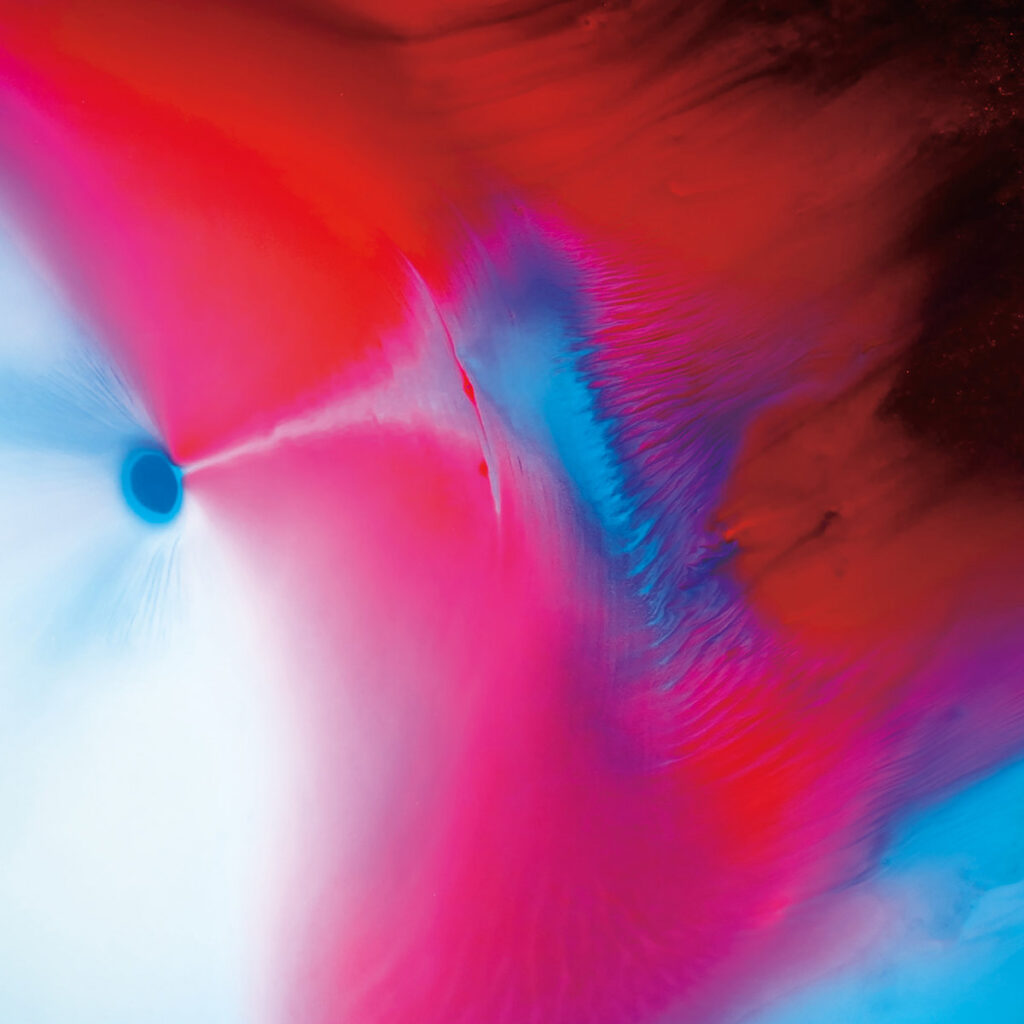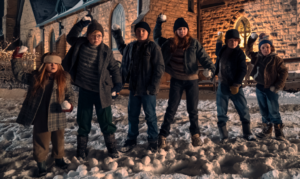Floating Points Grooves into New Album Cascade

Image Courtesy of Bandcamp
By Ethan Nott
With the release of his new album, Floating Points solidifies himself among the most talented electronic producers active today. Showcasing a mastery of grooves, sound design, and genre bending, Cascade is a brilliant addition to his discography.
Floating Points (aka Samuel Shepherd) is no stranger to the electronic music scene. His previous work, Promises, was a highly acclaimed fusion of electronic minimalist, modern classical, and jazz idioms in which he collaborated with saxophone legend Pharoah Sanders. Before that, he released two other highly praised solo albums. Shepherd almost always infuses a heavy dance influence within his music, but has never devoted a full album purely to the style. In Cascade, however, he manages to craft a stellar collection of tracks that transform the listener’s room into an underground dance club floor.
Throughout the album, Shepherd makes use of his established sonic palette to form the foundation of his tracks. His sound is one that is marked with a painstakingly acute attention to sound design, consisting of glitchy and detuned synthesizers, a liberal use of reverb, and punchy, tight percussion.
A good showcase for these techniques is Key103, the second track of the album. Shepherd immediately gives the listener a taste of erratic, constantly shifting synth arps that build overtop a classic four-on-the-floor dance beat. This eventually crescendos into a sonically peeled back yet immensely satisfying drop, incorporating heavily swung rhythms into the percussion while the synths give some leeway for a delightfully raucous bassline to take over. This manipulation of energy levels throughout the track is a traditional formula that is integral to dance music, and an art which Shepherd demonstrates total command of.
In addition to executing the fundamentals of dance music at the highest level, Floating Points also incorporates several untraditional elements into his tracks that elevate them profusely. Ocotillo is the midpoint of the album, and a piece in which Shepherd shows the listener something truly special. There is practically no percussion whatsoever for the first several minutes; instead, delicate synth arps form the harmonic and textural backdrop for a lovely dulcimer to soar over. Layer by layer, the stereo spectrum becomes denser as synths are stacked onto each other, atmospheric leads zip overhead, and instruments become detuned to the point of near cacophony in a swirling of electronic bliss. Despite working on building such an intricate soundscape, Shepherd disperses it all with a stealthy drop, allowing for an incredibly effective groove to take hold of the listener and subvert their previously established expectations.
It is progressive ideas such as those presented in Ocotillo that allow this album to truly shine. Unconventional techniques abound in Shepherd’s pieces, utilizing crafty song structure, nontraditional instruments, and world-class sound design. The sequencing of the album is also an aspect that should not go unmentioned. Almost every track is built around a dance beat, but Shepherd makes sure to alternate tracks of contrasting energy levels and tempos to ensure that the listening experience doesn’t get stale. The last song, Ablaze, brings the album to an emotionally satisfying close. It fades in seamlessly from the penultimate track and consists of no percussion elements, instead opting to wind the listener down with a downtempo Blade Runner-esque lead and gentle, Rhodes-like synths. It then slowly diminishes over the course of two minutes with a lush ambient pad, allowing the album to finish with silence. Through this choice, Shepherd gives the listener an impression of being guided back home from a completed journey through a wild aural odyssey.
Overall, Floating Points’s latest album delivers thumping tech house thrills in a pristinely produced package, as well as more experimental cuts to keep listeners guessing. Lovers of electronic music should not ignore this work and should also look forward to Shepherd’s future artistic endeavors.





